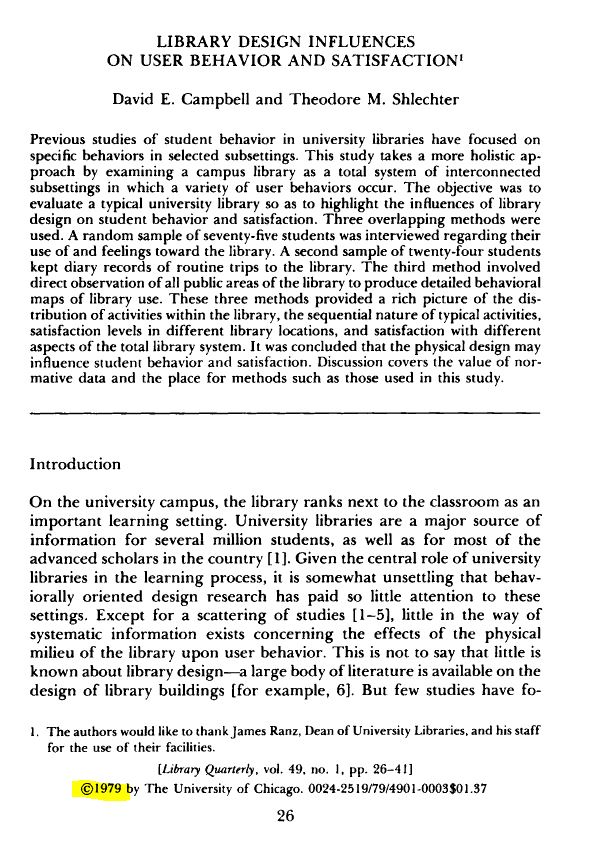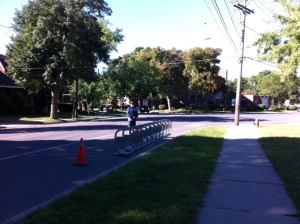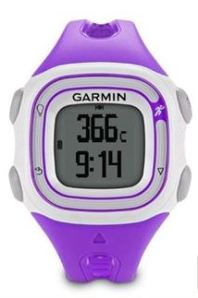Introducing User Experience into the library setting has been an interesting process. About 4 or 5 years ago it struck me that while we had a lot of performance measures in libraries that had to do with measuring things such as cost, use, circulation, building traffic, and user satisfaction, nobody was just watching how or if the library “worked.” I’d been doing some reading about design of products and services outside of the library context and it always involved trying to understand what the customers were doing in order to design something that would suit their behaviour. There are quite a few examples of this type of work:
- Many customer service oriented organizations such as banks, restaurants, or government services study queuing theory to design an experience that minimizes user frustration and makes the customer experience as good as it can be. Canadian passport offices did this extensively when things changed so that everyone needed a passport to travel … judging by my last couple of trips to this office, they did a great job.
- When Apple decided to develop retail stores (yes, not so long ago there was no such thing as an Apple retail store) they mocked-up store designs in a warehouse and watched how people behaved in response to each design. The result was a radically different type of retail experience with no cashiers, all products available from fairly simple tables where you could touch and use the products, and service provided strictly by roaming staff who could do anything for you through their iPhones. This was far from the normal model at the time … it worked.
- Hotels are very much involved in User Experience and may be more concerned about it than just about anybody else. Of course, everything about a hotel stay is “experience” … and making that stay comfortable and easy is what it is all about.
Introducing user experience in your library may not be so simple. When we started in 2009, just about nobody knew what we were talking about and we only had a vague idea ourselves. We had read Foster and Gibbons’ book Studying Students: The Undergraduate Research Process at the University of Rochester, so we knew that it had been done, and that there were things that we could do to get started. The tricky thing is that as a User Experience Librarian you don’t really have your own territory in the library and no matter what you study you’re going to wind up commenting on someone else’s work (i.e. – if you study circulation services, there are a lot of people who have invested in that and they aren’t necessarily looking for suggestions).
The first thing that we did was to study relatively “low-hanging fruit”. Our library signage was getting old and inaccurate and we were never too fond of its design, so everyone could understand why we might want to look at it. It was also something that was “owned” by a fairly small group that were more or less open to suggestion. More than anything, we set off to study SOMETHING, and hoped that if we made recommendations they might at least have some chance of being welcomed. Our study involved creating an inventory of signs, looking at what makes a consistent and useful system of signage, and we asked students to accomplish tasks related to finding one’s way through the library while mapping and recording what those students did.
We made recommendations that were accepted initially with a relatively small amount of enthusiasm. What we found, though, was that some of our recommendations were accepted, some were noted with some caution, and some were ignored. In the long run, however, the study contributed to improvements and that is what is important. The improvements (however incremental) build some confidence in the idea that user experience has something to offer and allows the departments involved to see that you do have some method and something to contribute. As we developed more confidence (and evidence) that we could contribute more people were willing to work with us and take our work seriously.
The executive summary? When starting up with user experience, keep in mind that you may be the only person who understands what you are doing and that it may take a while to get people to accept this new type of work. As you recommend and it becomes clear that you actually do have something to contribute, you can begin to build on small successes. Remember your audience when writing your reports … senior managers may deal differently with documents than other staff and you should try to create documents that work for your audience. Finally, be happy (particularly in the beginning) with any small influence that you may have on the design of your library and its services … positive contributions can lead to more of the same.



